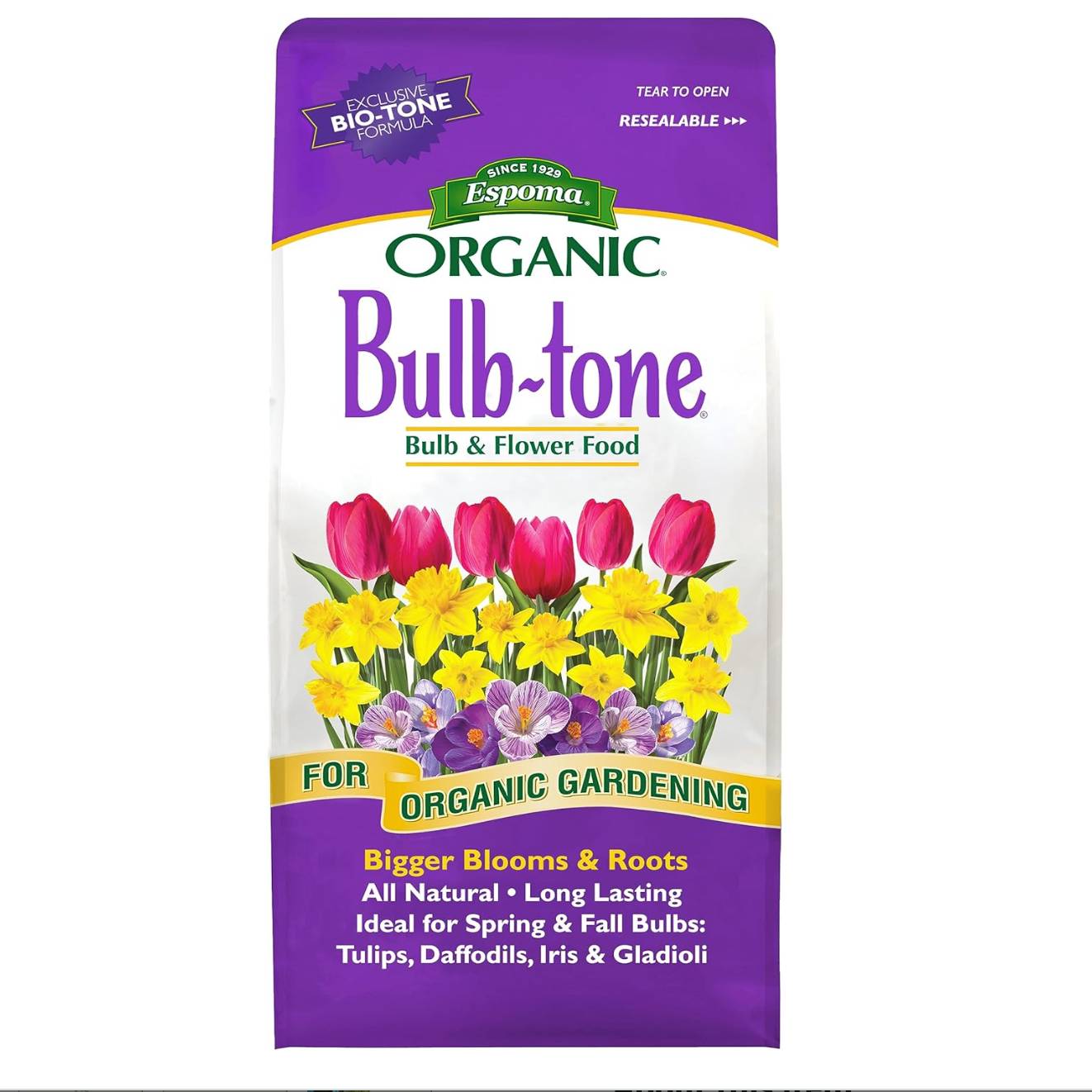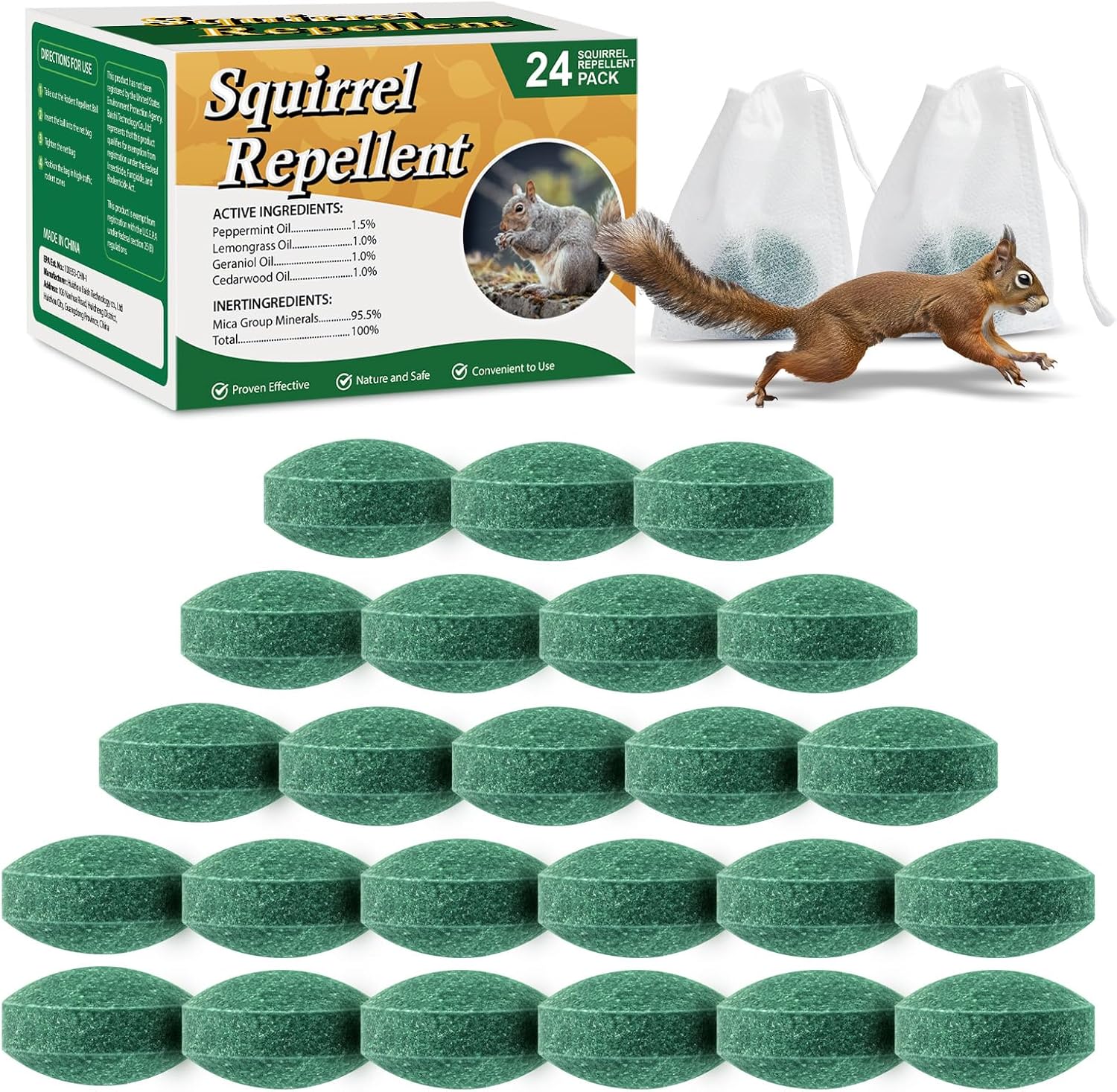Crocus Care: A Step-by-Step Guide to Planting, Reblooming, and Everything in Between
Crocuses are a sure sign that winter's almost over, even if there's still snow on the ground. Here's the full guide to growing these heralds of the spring.

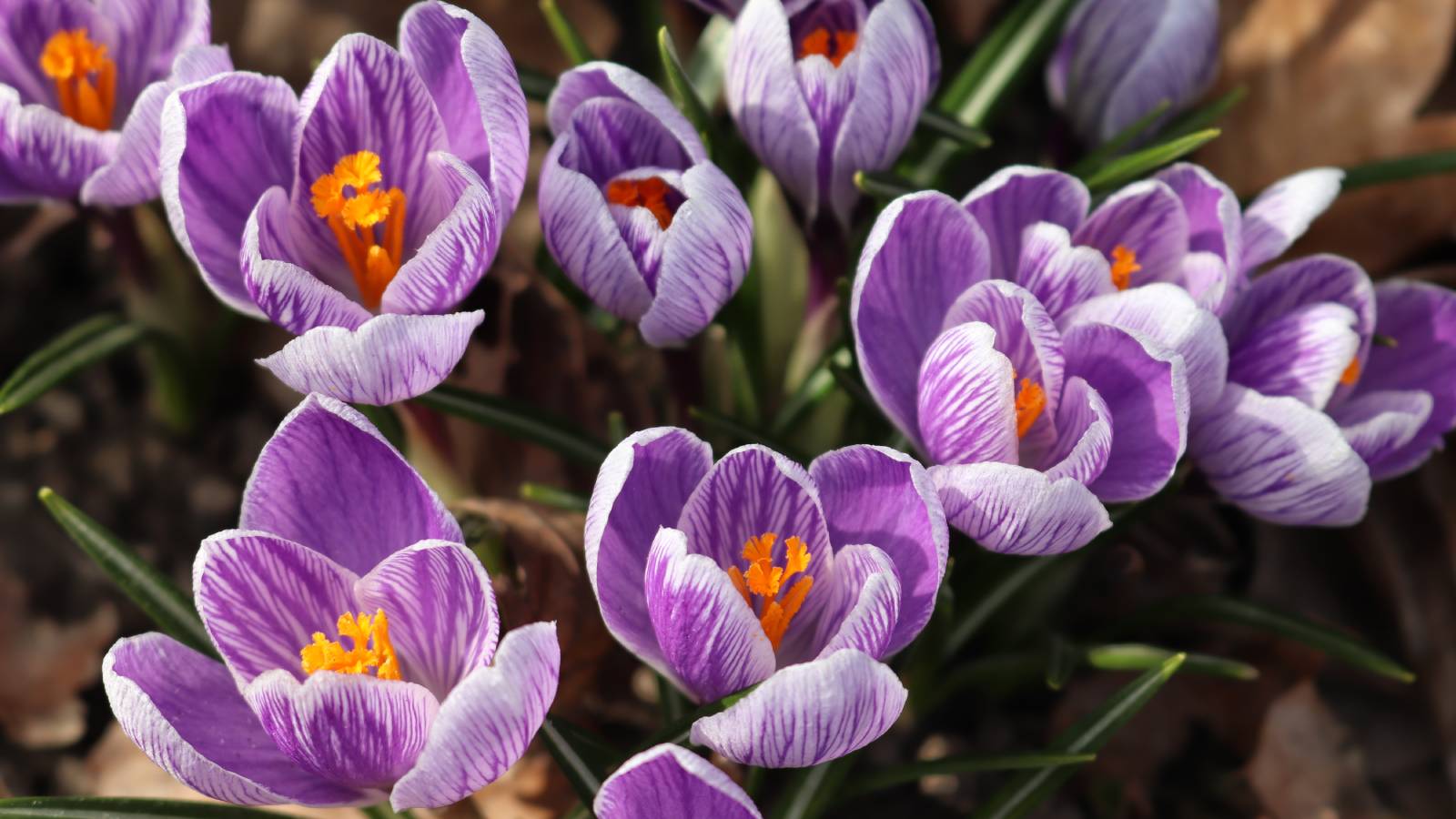
I dare you not to smile when you see the first crocus of the season. One of the earliest blooming flowers of the spring, they often poke up out of the ground before the snow's even gone, spreading the message that warmer weather is just around the corner and winter's not going to last forever after all.
These cheerful little cups are so easy to grow, and also easy to naturalize, guaranteeing they come back year after year to herald the coming of the season. So whether you're a new or seasoned gardener, join me to learn all there is to know about adding one of the most pleasant types of bulb to your landscape. (Okay, they're actually corms. If you didn't know that, you'll learn it below!)
Quick Crocus Facts
Botanical name | Crocus spp. |
Plant Type | Bulb |
Height | 2-6 inches (5-15 cm) |
Spread | 3-6 inches (7.5-15 cm) |
Light | Part shade to full sun |
Soil | Well-draining; high organic matter |
Hardiness | USDA zones 3 to 8 (Not in the US? Convert your zone) |
Flowers | Spring |
Native range | Eurasia; North Africa |
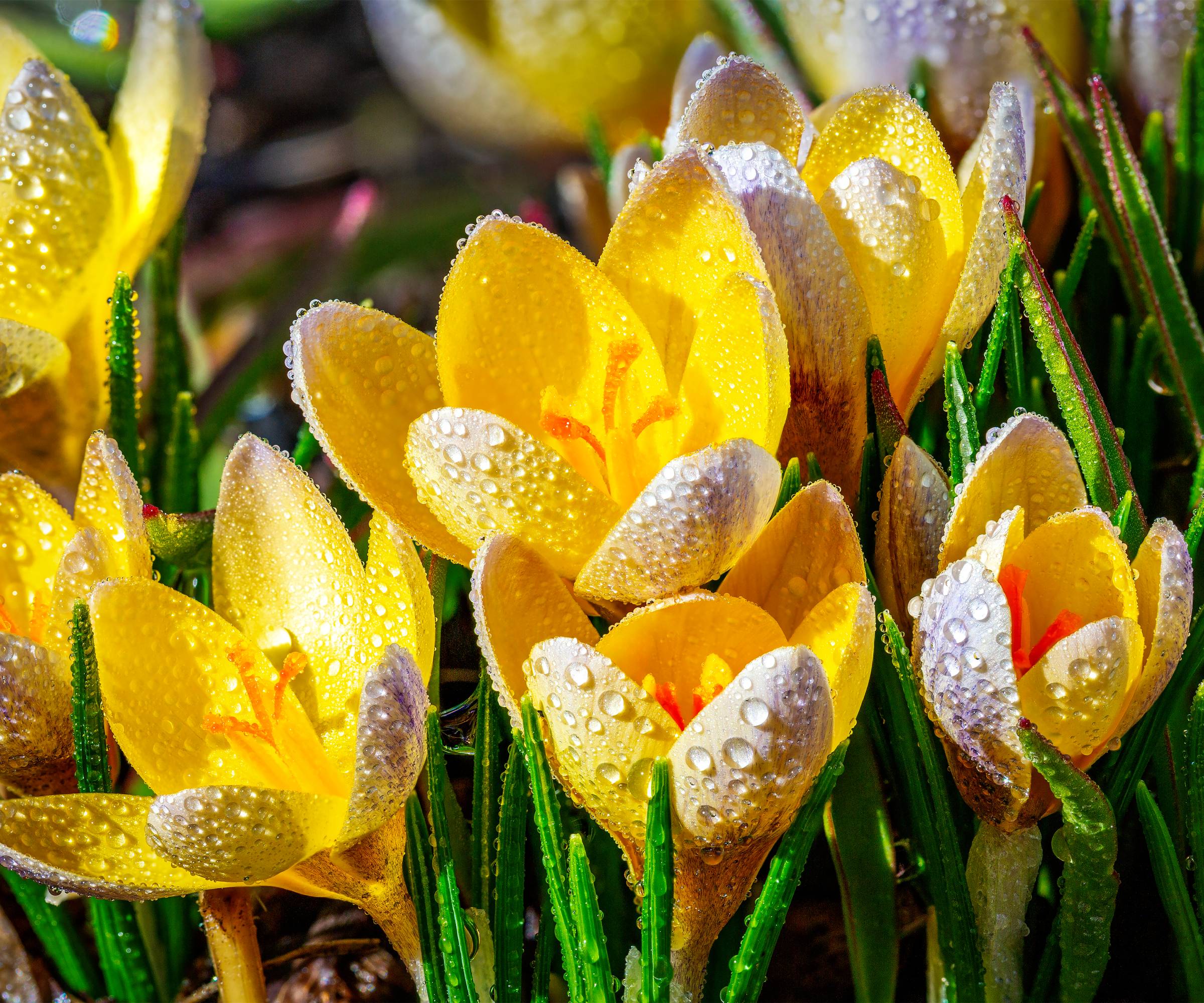
Planting Crocuses
Crocuses grow from corms (though they're lumped into the general 'bulb' category). These corms should be planted outdoors in the fall, when the soil temperature has fallen below 60 F (15 C) but the ground is still far from frozen. This is usually 6-8 weeks before the first hard frost, or sometime from September to November depending upon climate.
They can be planted in flower beds or along borders, but they look especially nice scattered throughout a lawn, emulating a natural 'meadow' look.
Soil
Crocuses need well-draining soil. As with most plants that grow from bulbs or corms, rot is a big risk and waterlogged soil is a no-go. If your soil is heavy, amend the top 10 inches (25 cm) with compost or other organic material.
Light
Crocuses bloom best when they get full sun, though they can get by in partial shade. Since they bloom so early in the spring and have usually died back by early summer, you really only need to situate them somewhere that receives sun during this time. In other words, they do well under deciduous shrubs or trees that leaf out later in spring. They'll add a beautiful burst of color before those leaves appear.
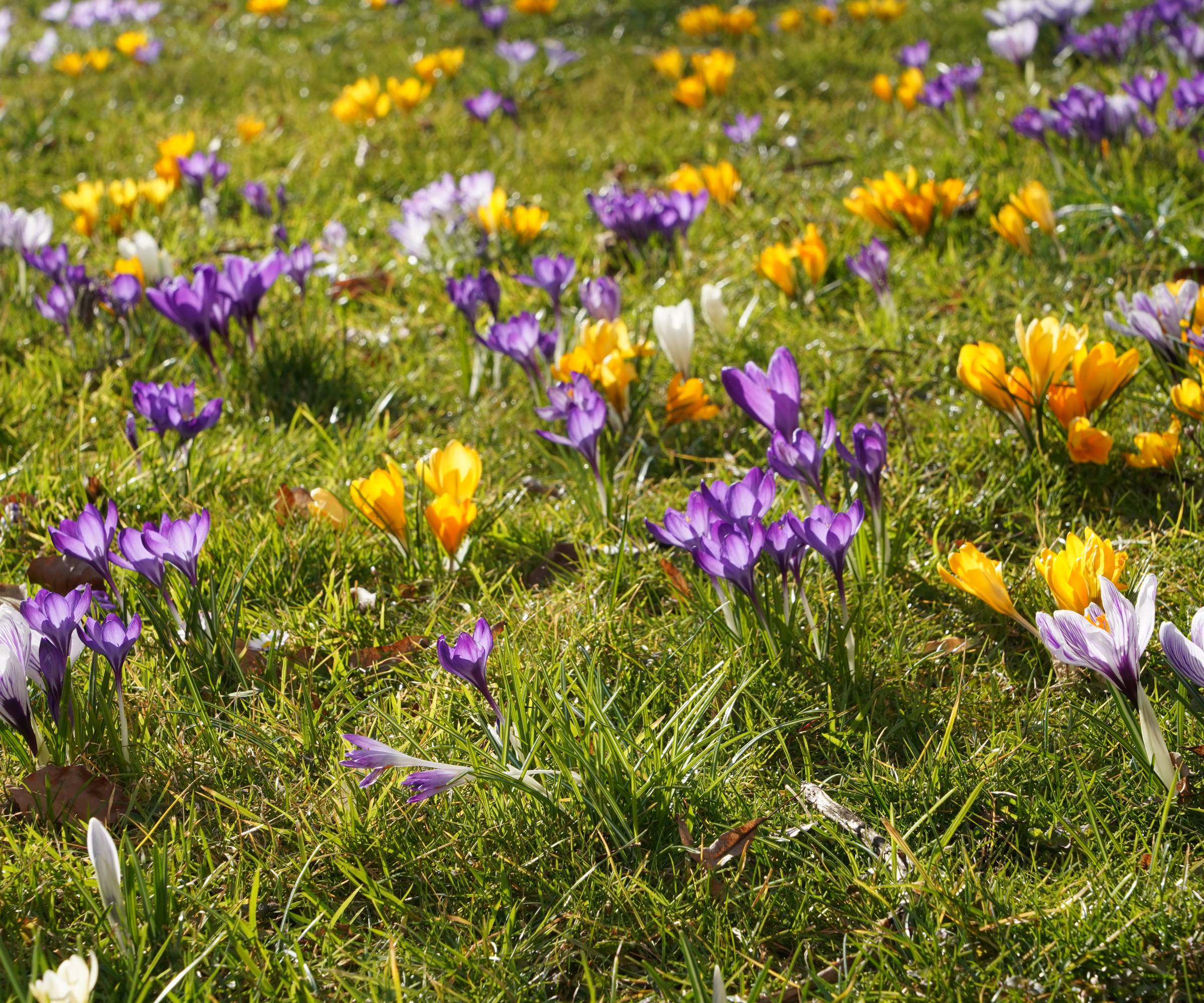
Naturalizing
Crocuses are famous for their ability to naturalize, which means they can establish and spread themselves through an area, coming up reliably year after year. The secret to naturalizing crocuses is to leave them alone. If they're growing in your lawn, this means delaying your mowing (or at least avoiding certain areas) until the crocus foliage has faded, usually around the start of summer. Mowing foliage too early is the number one mistake gardeners make with crocuses.
Sign up for the Gardening Know How newsletter today and receive a free copy of our e-book "How to Grow Delicious Tomatoes".
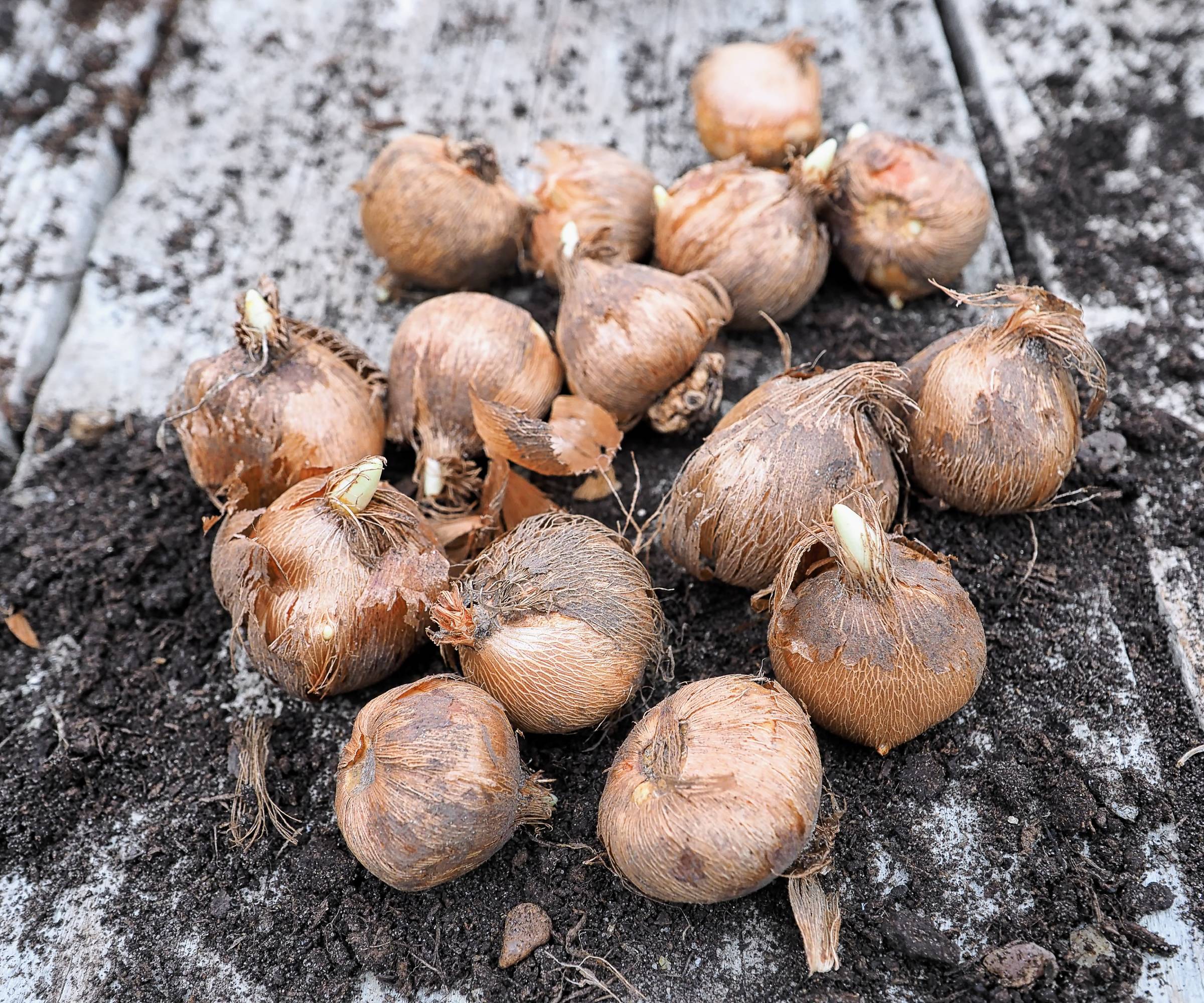
Step-by-Step Planting
- Dig a hole 3-4 inches (7.5-10cm) deep
- Place the corm pointy-end-up in the hole
- Fill the hole with soil and water thoroughly
- Plant corms 2-3 inches (5-7.5 cm) apart
- For a more natural look, scatter corms randomly across planting area
Crocus Care
A nice thing about crocuses is that they're extremely independent. You can plant them in the fall and not give them another thought until they pop up in early spring. (As long as they escape hungry squirrels, that is!) There are a few basic care elements to consider, though.
Water
Crocuses need water in the fall, when the bulbs are getting established, and again in the spring when new growth is developing. If you're experiencing unusually dry weather, it's a good idea to water them once a week during this time.
If it's raining regularly, however, resist the urge to reach for the hose. Too much water can lead to corm rot.
Refrain completely from watering during the summer. The corm is dormant during this period and needs basically no water.
Fertilizer
In most soils, crocuses can get by just fine without fertilizer. If your soil is poor or you want to give them an extra boost, you can amend the soil at planting time in the fall, and again when growth first appears in the spring. Never put fertilizer in the hole with the corm – instead scatter it on the surface or work it into the top inch of soil around the plant. In the spring, make sure to fertilize your crocuses before flowers start to bloom.
Don't feed crocuses with a balanced or all-purpose fertilizer. These contain more nitrogen than necessary and will result in lots of foliage and few flowers. Instead, opt for a bulb fertilizer like this one from Amazon or bone meal, which you can find at Home Depot.
Mulch
Crocuses are extremely cold hardy, and mulch isn't necessary for them in most climates. In fact if you're trying to get them to naturalize in your lawn, mulch is counterproductive. In flower beds in very cold areas, however, applying a layer of mulch after planting in the fall is advisable.
Post-Bloom Care
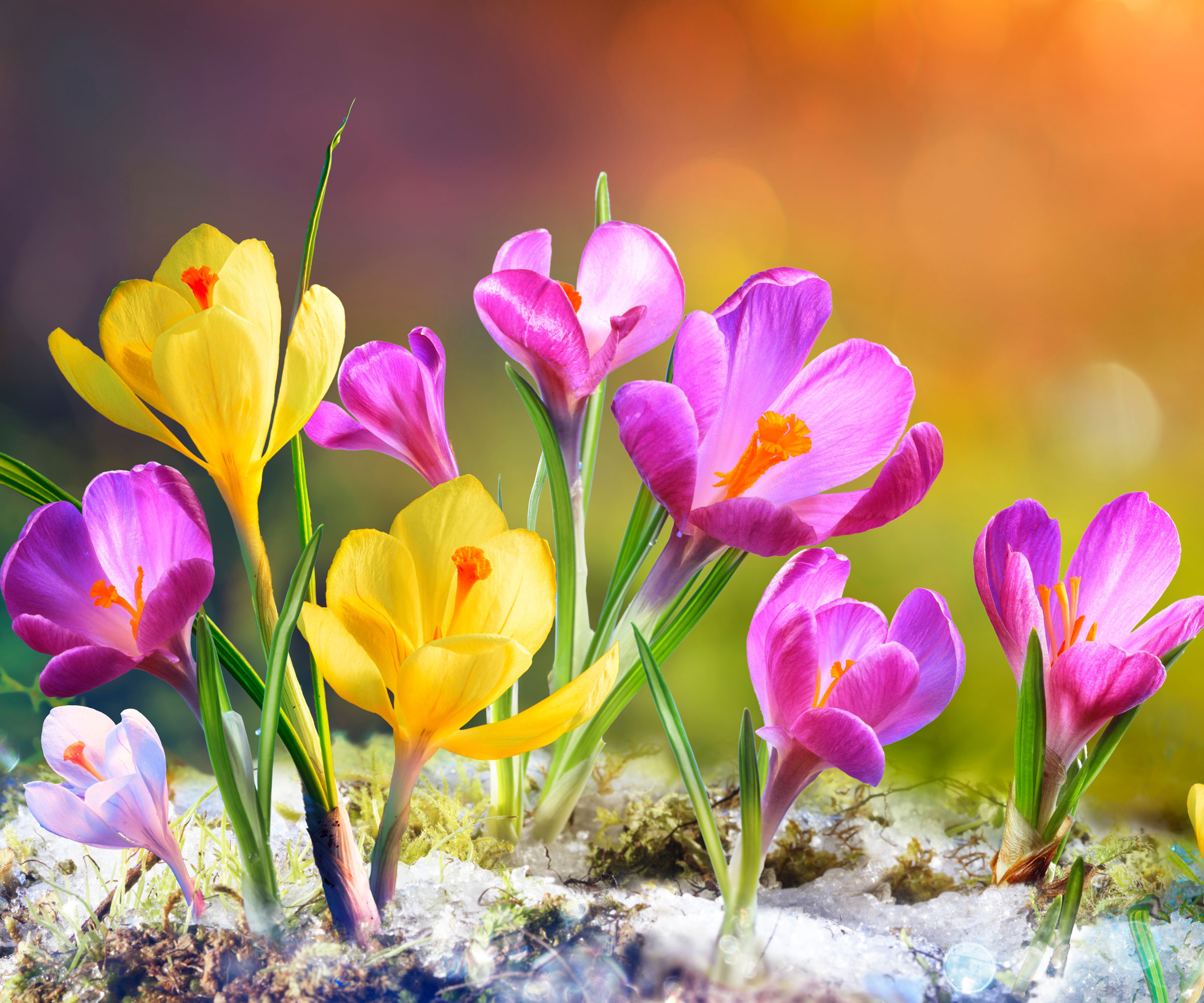
Since crocuses bloom so early in the year, their flowers are often fading by the time other spring blooms are opening up. From our perspective the show is over, but the crocus's growing cycle is just getting going.
That's why it's essential that you don't cut back crocus foliage while it's still green. After blooming, crocuses need time for their leaves to photosynthesize so they can store up energy in their corms. This will likely last until the end of spring or even early summer. Only then will the foliage begin to yellow and fade. Once it's completely withered, you can cut it back to the ground.
What do you do about all those flower-less crocus leaves? One solution is to simply enjoy them. It is spring, after all! Anything green is a welcome addition!
If you're not feeling charitable, however, consider planting other, later-blooming flowers around the same area. The crocus leaves will blending into the background while those blooms take over as the focal point.
Crocus Care Calendar
| Row 0 - Cell 0 | Spring | Summer | Fall | Winter |
Plant | Row 1 - Cell 1 | Row 1 - Cell 2 | ✓ | Row 1 - Cell 4 |
Mulch | Row 2 - Cell 1 | Row 2 - Cell 2 | ✓ | Row 2 - Cell 4 |
Fertilize | ✓ | Row 3 - Cell 2 | ✓ | Row 3 - Cell 4 |
Cut back foliage | Row 4 - Cell 1 | ✓ | Row 4 - Cell 3 | Row 4 - Cell 4 |
Propagate | Row 5 - Cell 1 | Row 5 - Cell 2 | ✓ | Row 5 - Cell 4 |
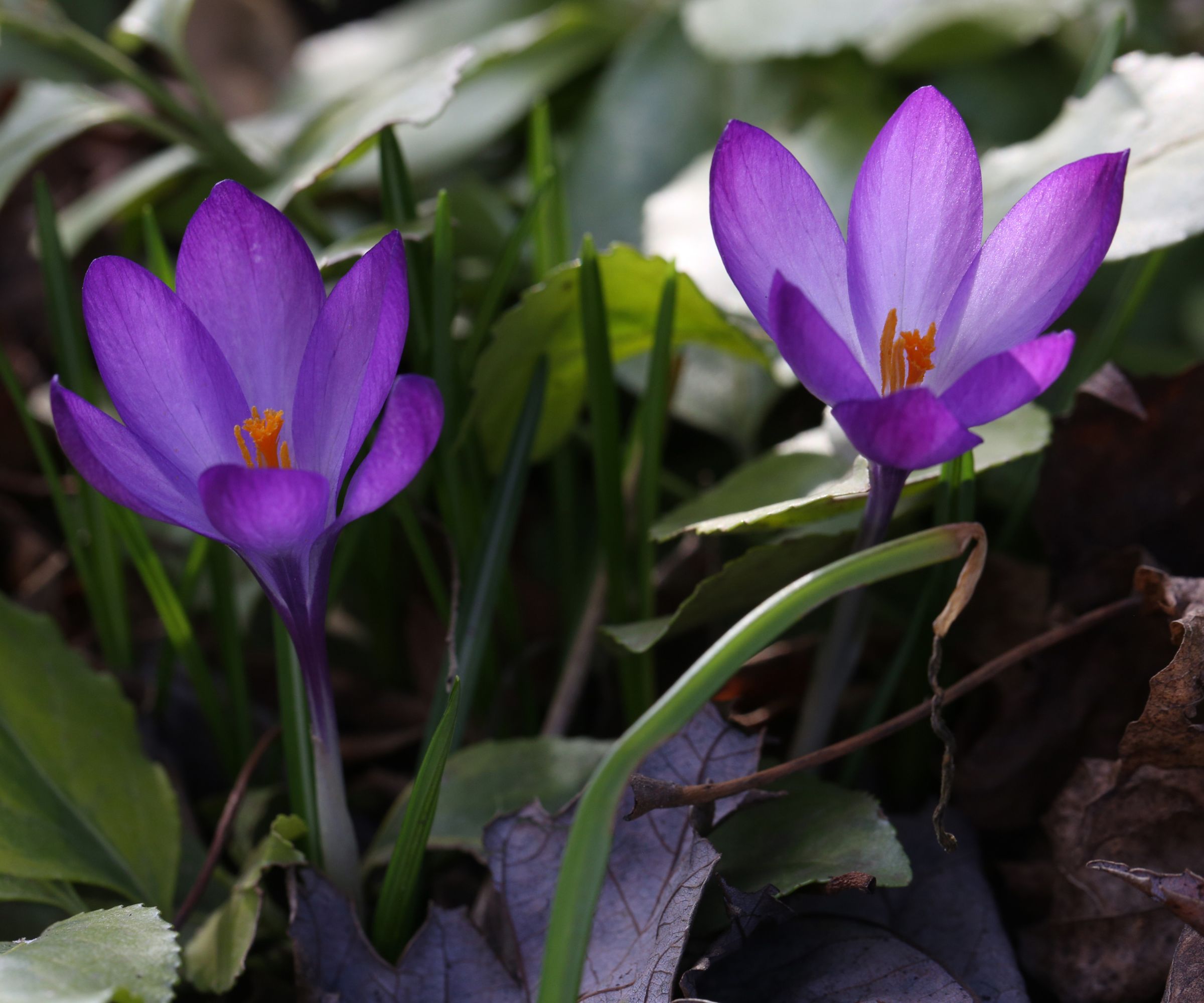
Crocus Varieties
While it varies depending on who you ask, the number of crocus varieties tends to sit around 90. Flowers come in all shades of purple, white, yellow, pink, and bi-color. Here are some of the most popular species:
- Snow Crocus (C. chrysanthus): So called because it's one of the earliest varieties to bloom.
- Giant Dutch Crocus (C. vernus): So called because it blooms several weeks later ('vernus' means 'spring'), this variety is the classic purple bloom everyone knows.
- Saffron Crocus (C. sativus): This one blooms in the fall and is the source of the highly-sought-after saffron threads.
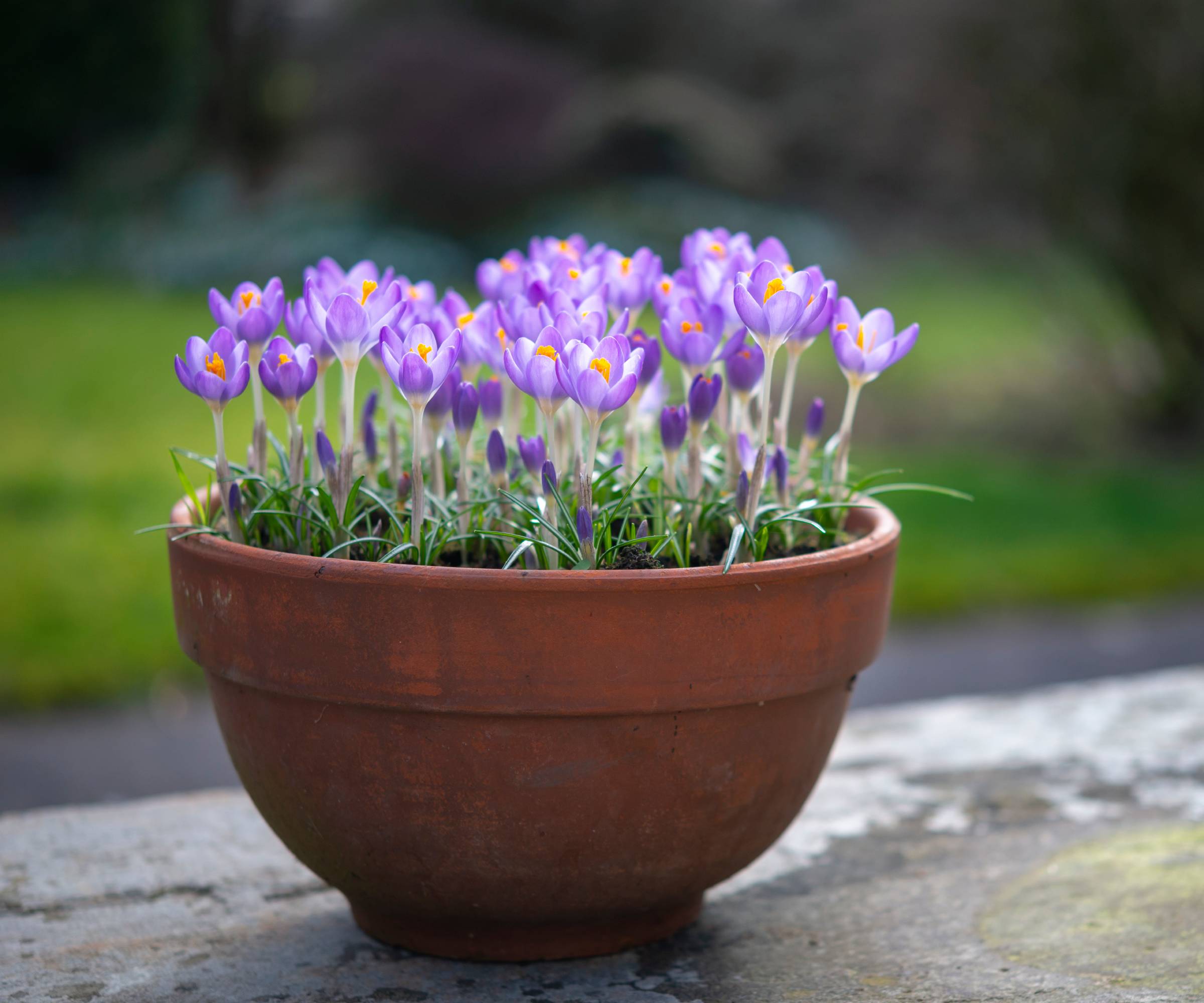
Propagation
The best way to propagate crocuses is by division. It should be done in late spring or early summer, just after the foliage has faded.
- Carefully dig up the entire clump of corms.
- Gently pull individual corms apart with your hands.
- Replant the corms in as many new locations as you like. Keep in mind that the while the large ones will bloom next year, the small ones might take a couple more years to develop.
Pests, Problems, and Diseases
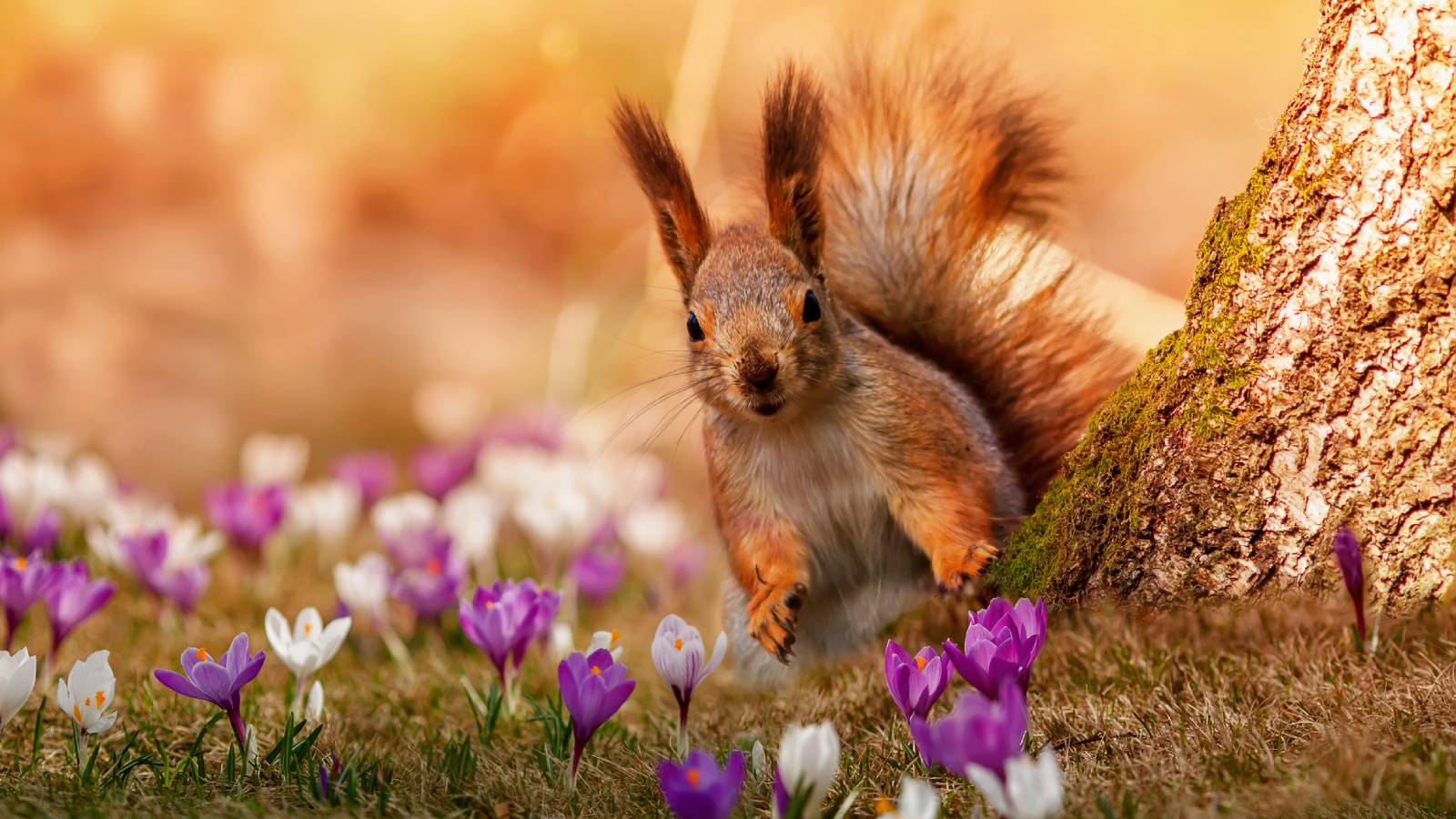
The number one enemy of the crocus bloom is Sciurus carolinensis, aka the perpetually hungry squirrel. (Voles and chipmunks are also frequently to blame.)
There are plenty of methods that promise to protect your bulbs: chicken wire, forks, cinnamon, take your pick. You can also find commercial products they're supposed to hate, like the ones below. The best advice I can give is to try any or all of them, and see what works for you and your squirrels.
Corm rot is the other major killer of crocuses. This one's easier to avoid – don't water your crocuses! At least not unless you're experiencing a real drought in fall or spring.
Best Crocus Companion Plants
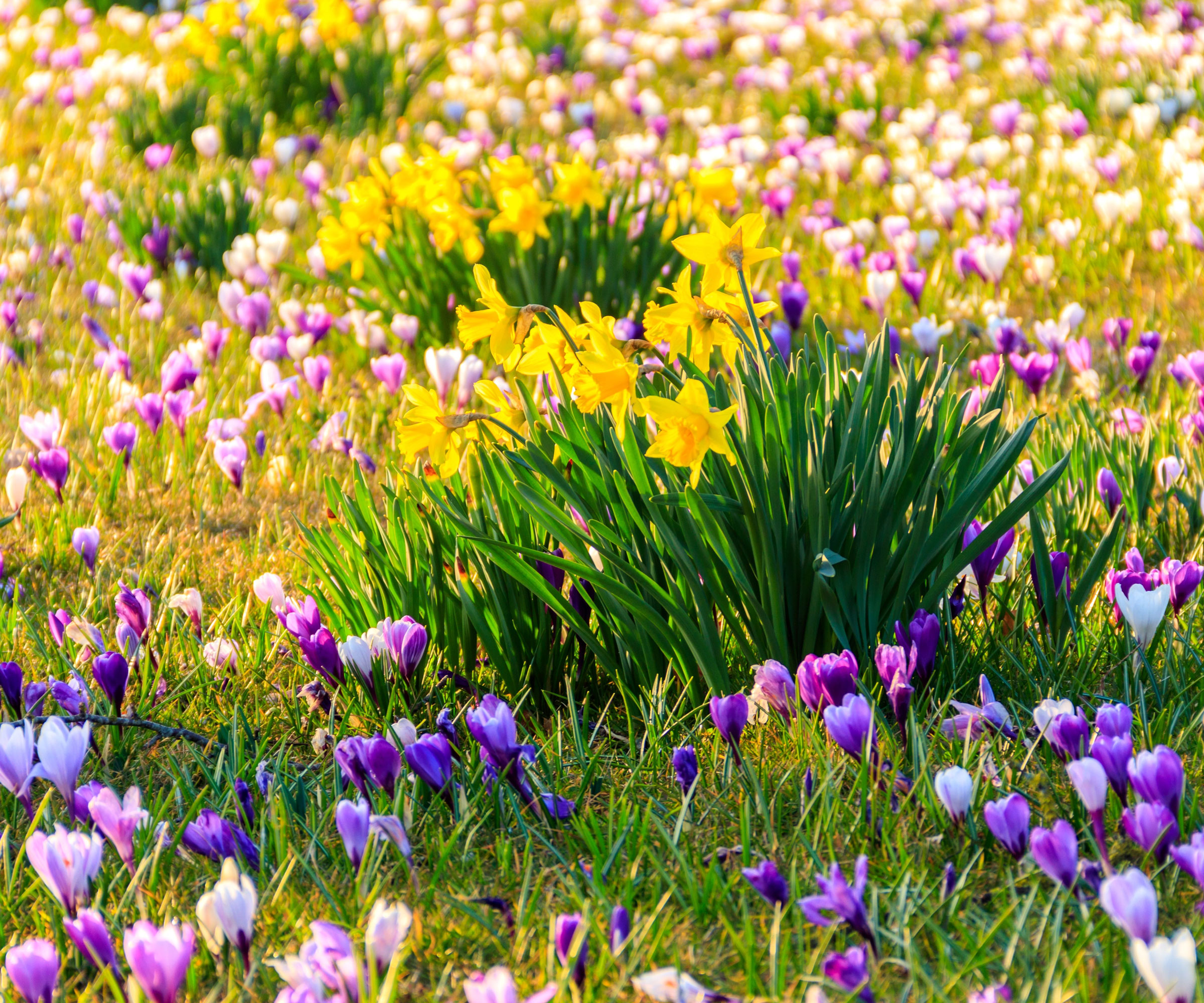
The best companions for crocuses are other spring flowers that bloom shortly after, like tulips, daffodils, and hyacinths. Daffodil bulbs have the added advantage of being completely unappetizing to squirrels. Intersperse them with your crocus corms, and it may help keep them from nosing around.
Quiz!
Crocus Care Essentials

The only child of a horticulturist and an English teacher, Liz Baessler was destined to become a gardening editor. She has been with Gardening Know how since 2015, and a Senior Editor since 2020. She holds a BA in English from Brandeis University and an MA in English from the University of Geneva, Switzerland. After years of gardening in containers and community garden plots, she finally has a backyard of her own, which she is systematically filling with vegetables and flowers.
